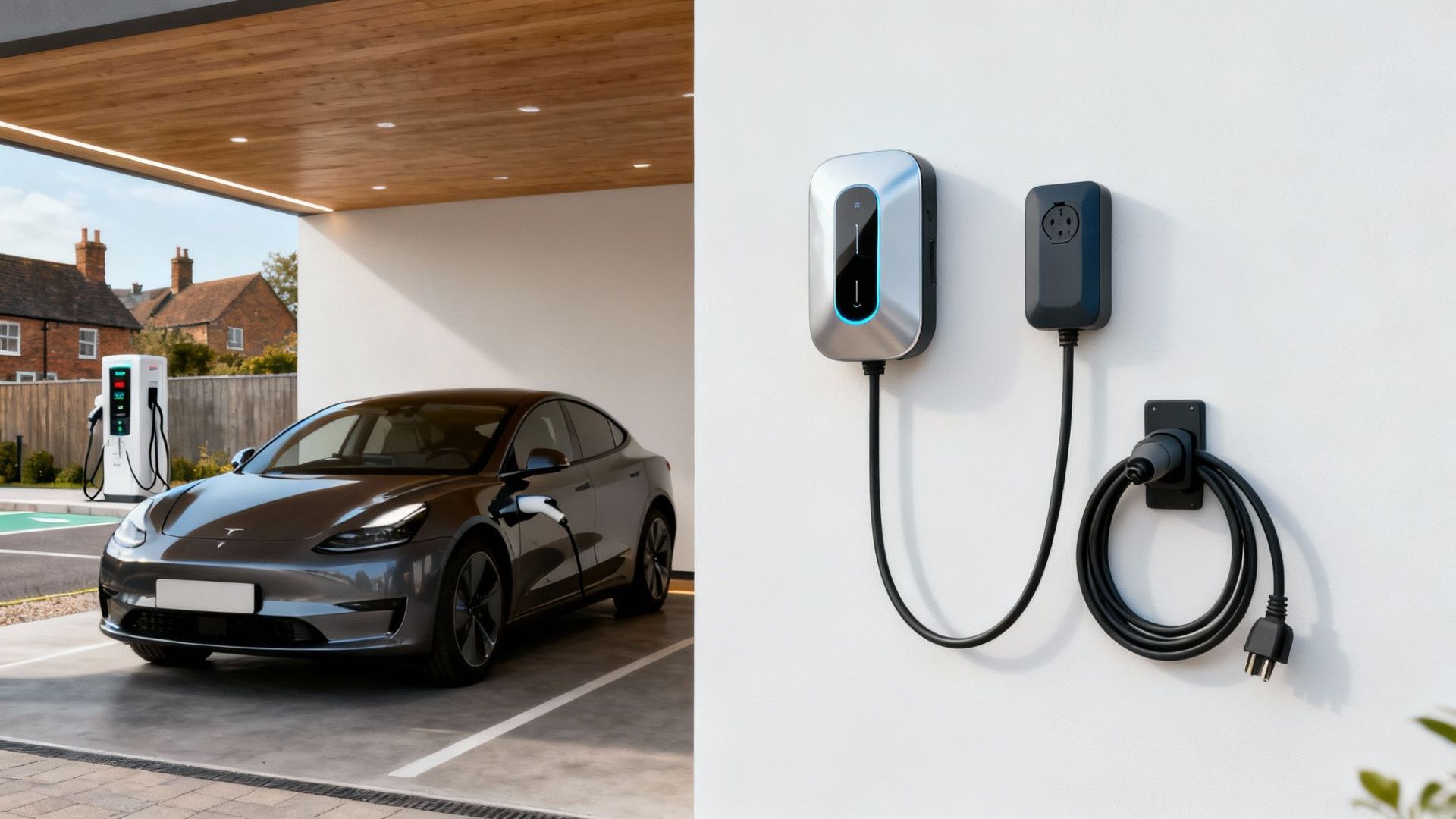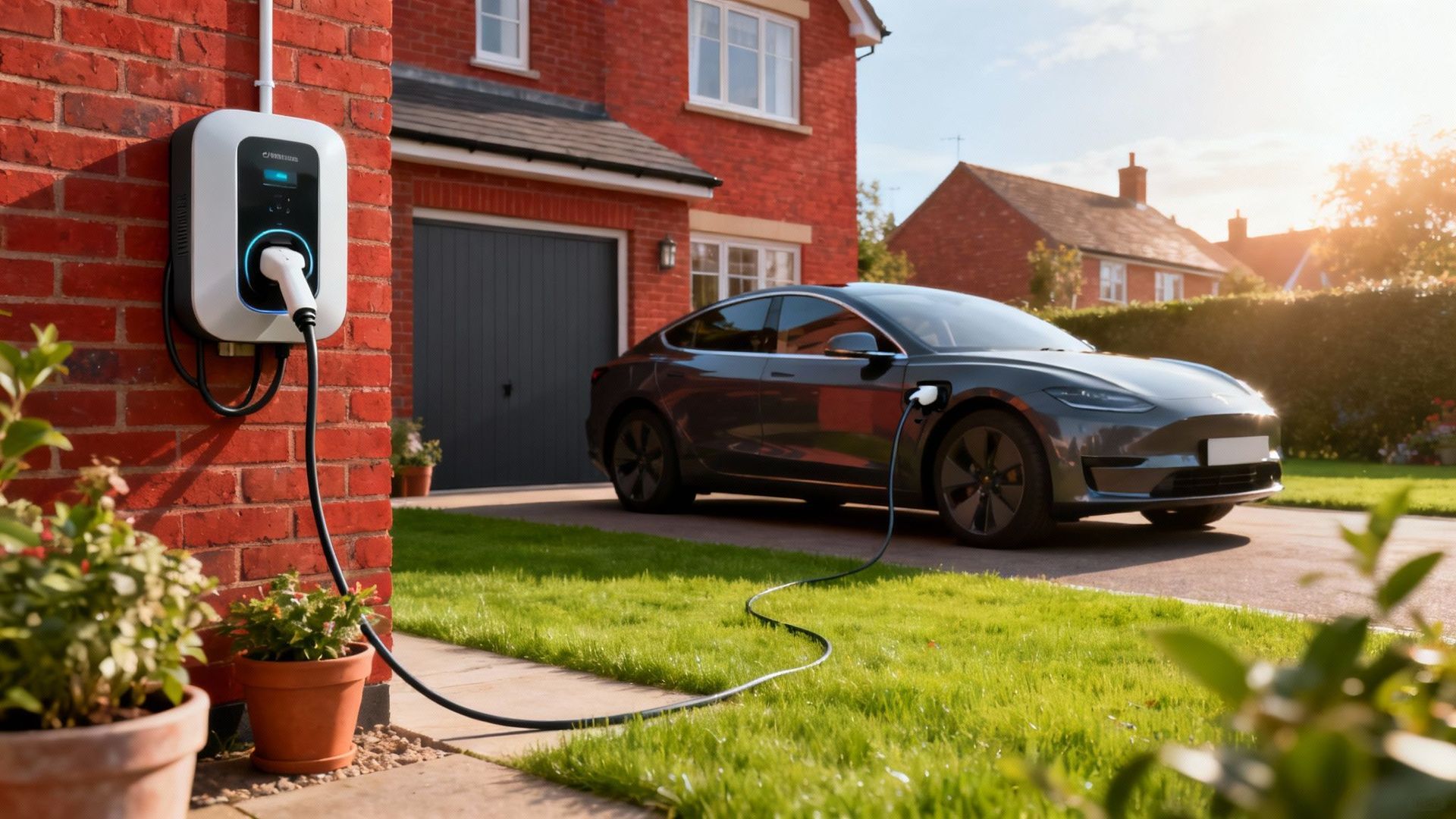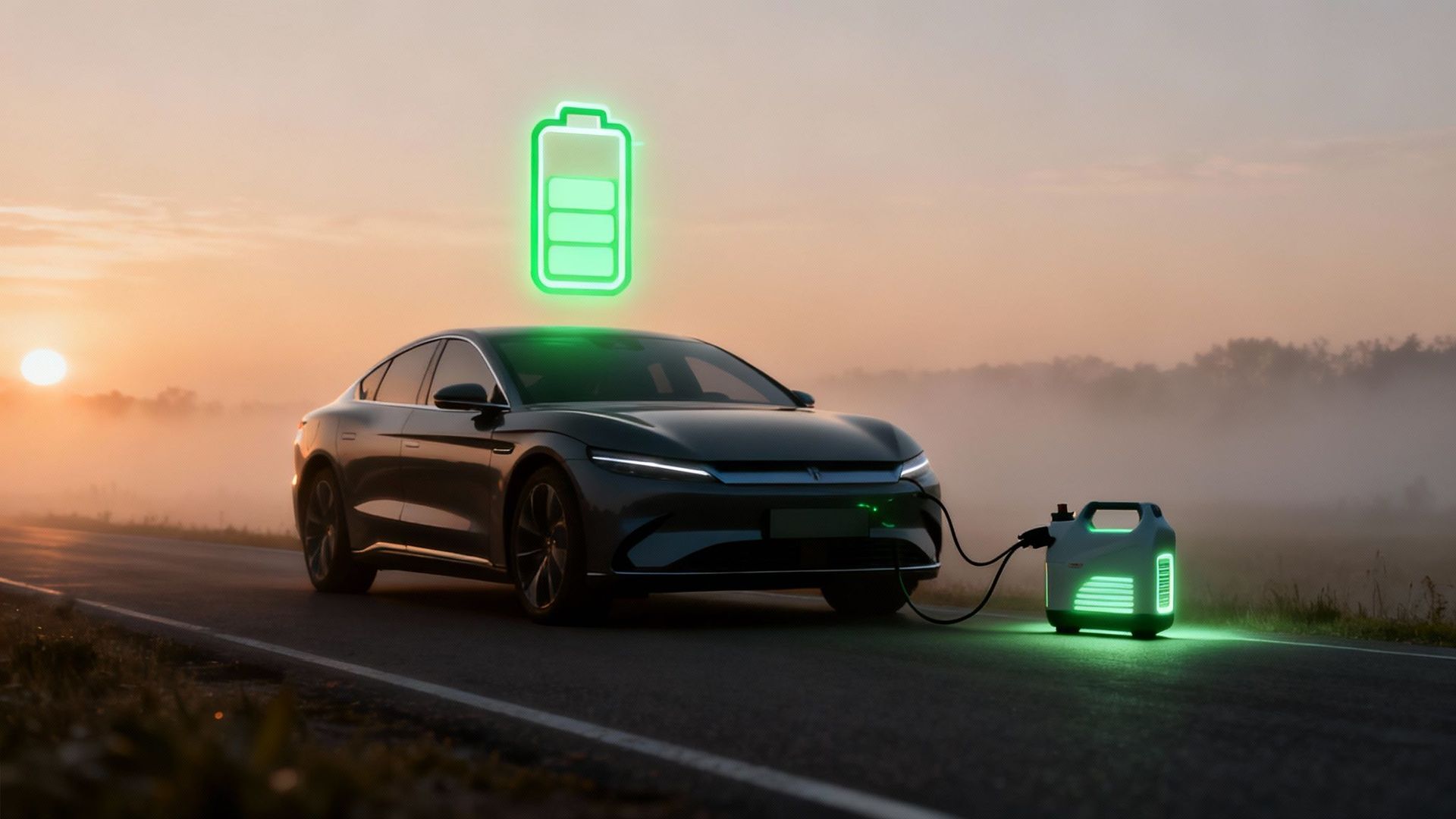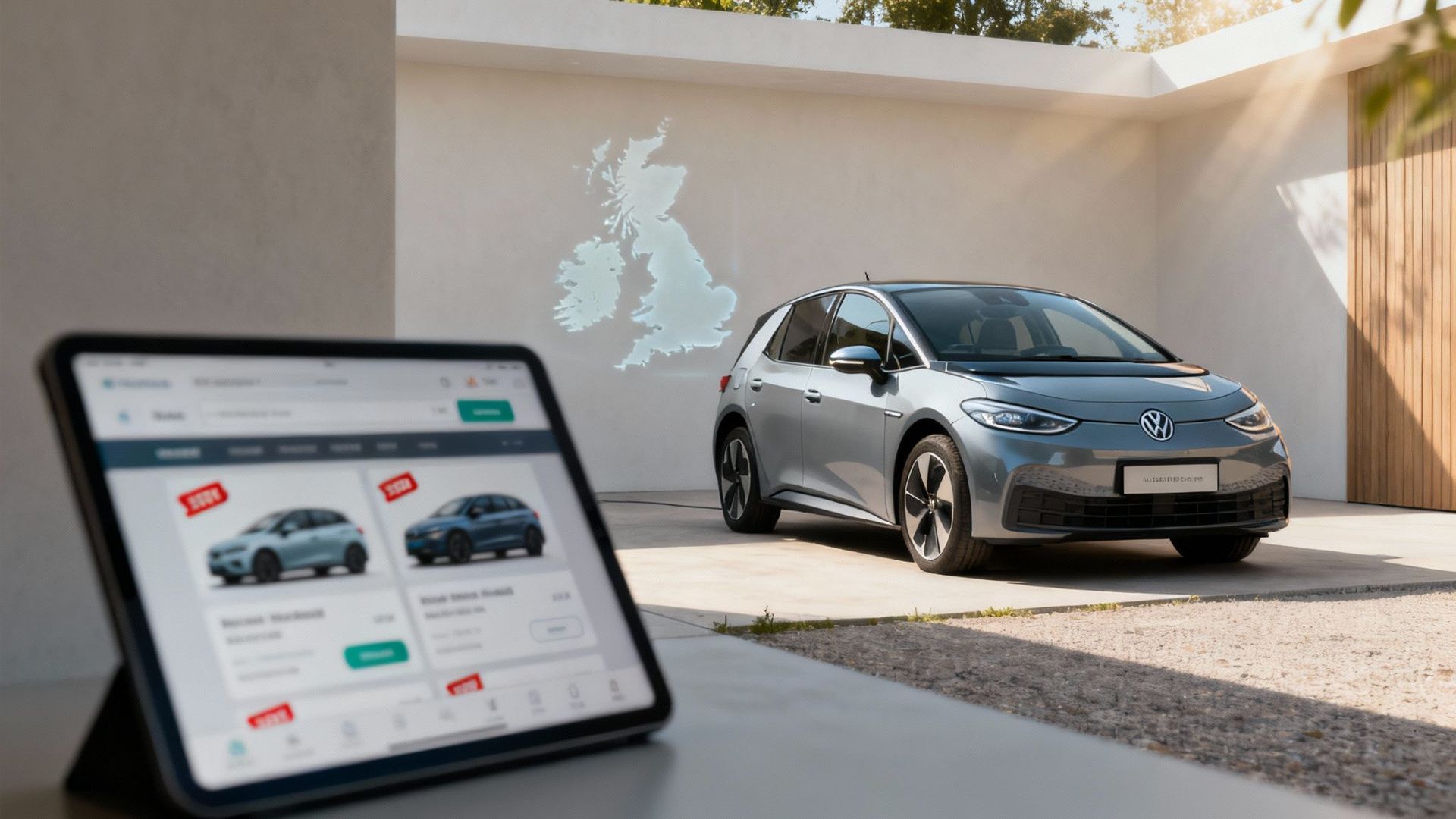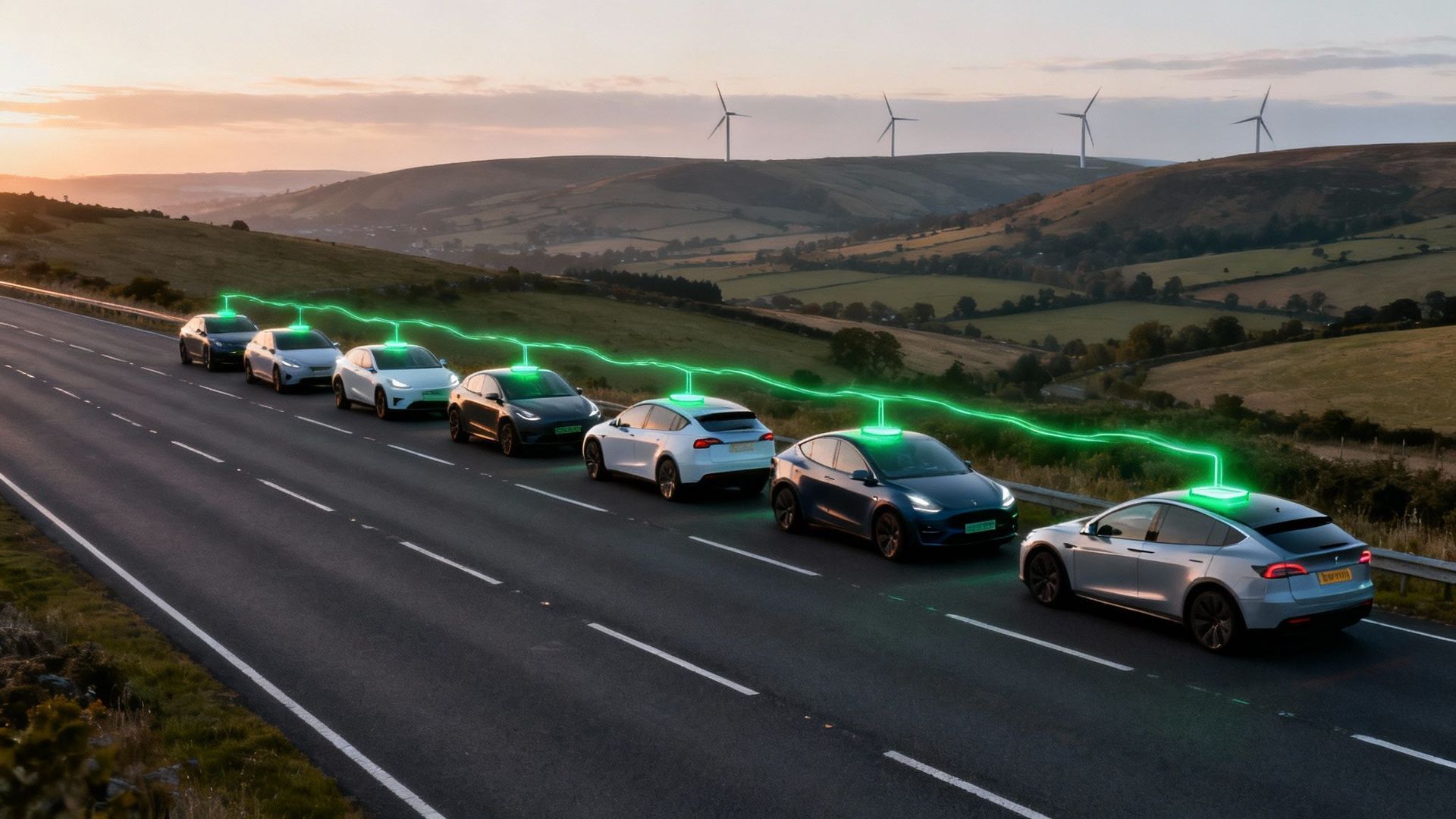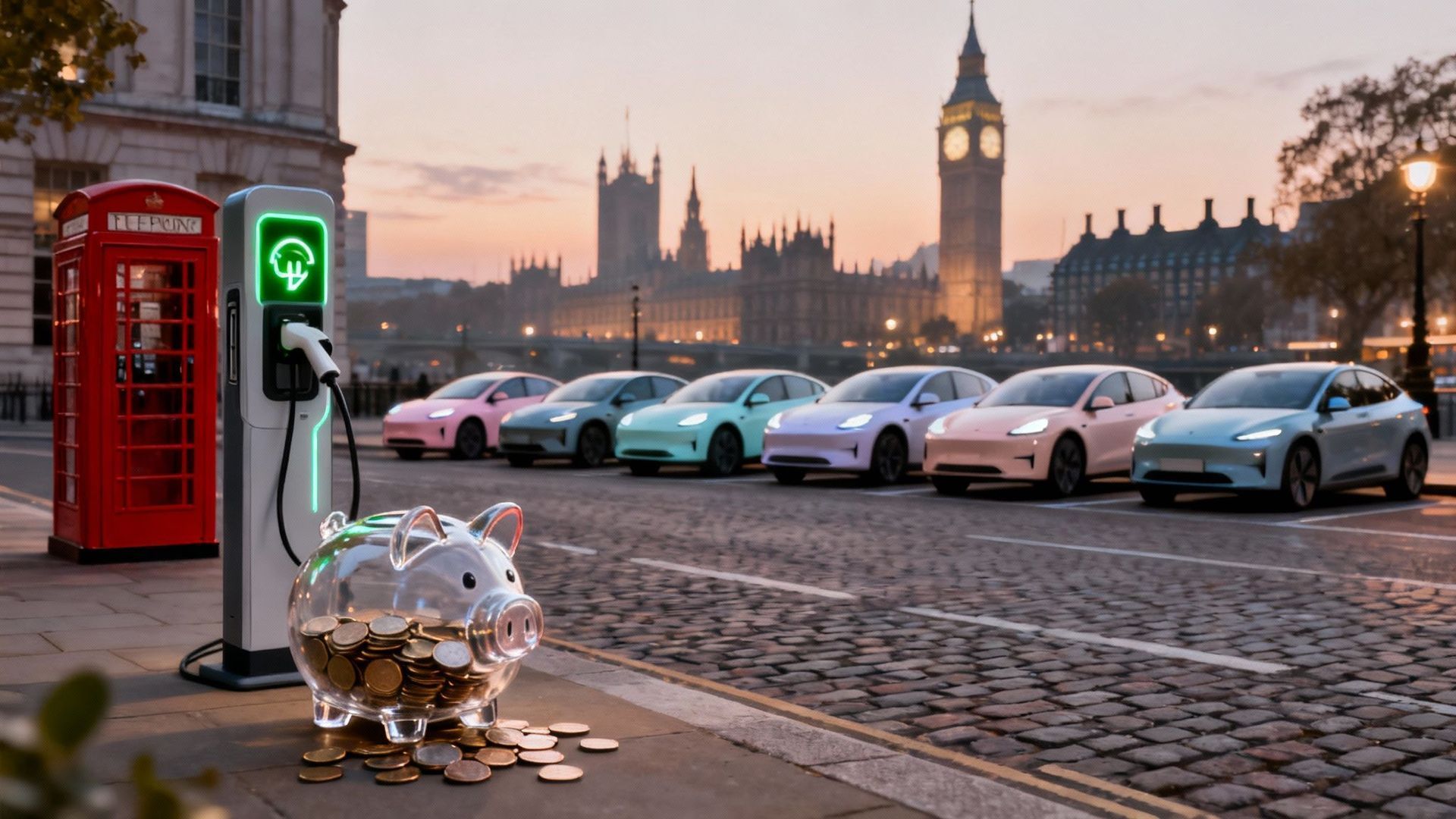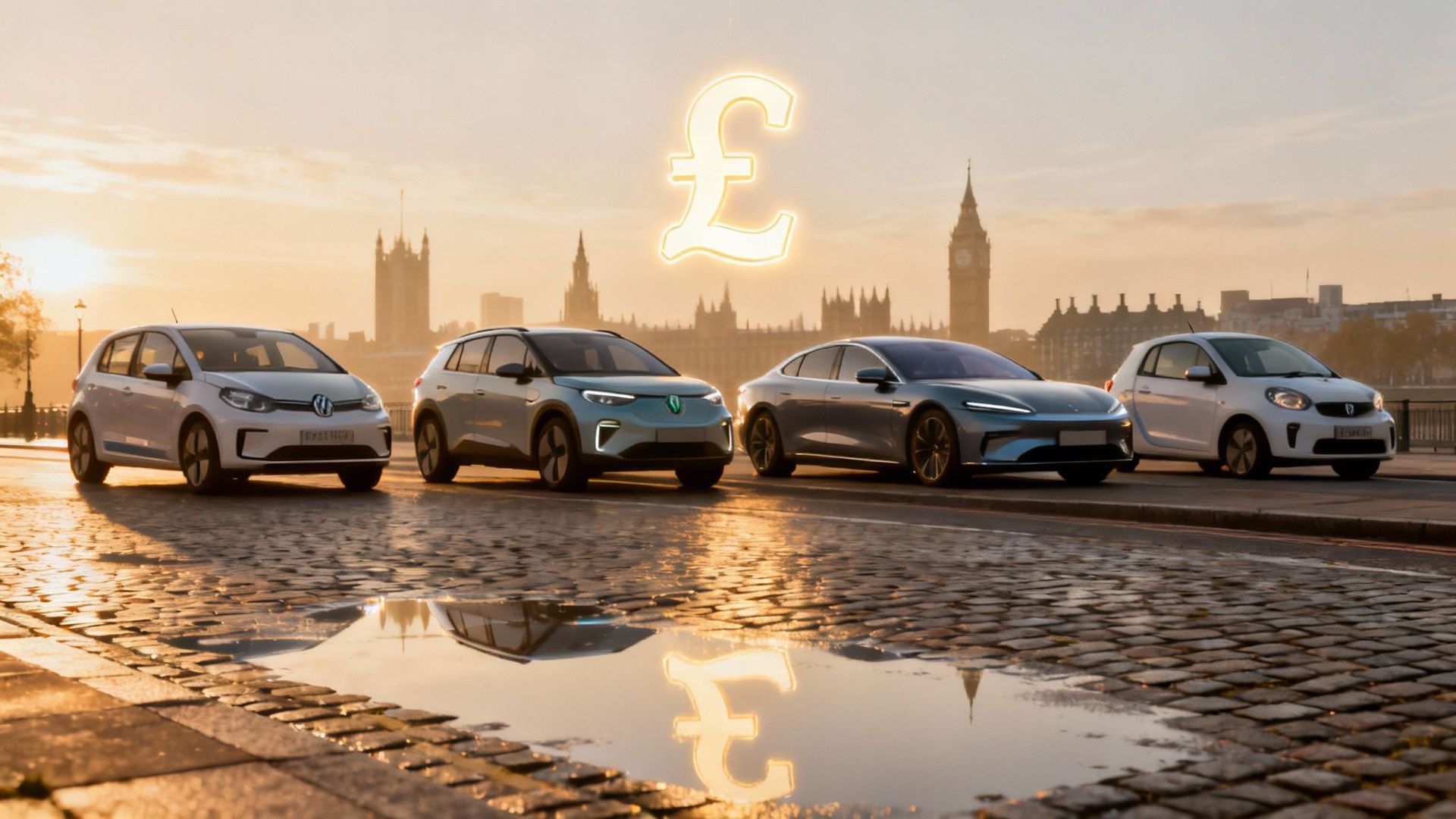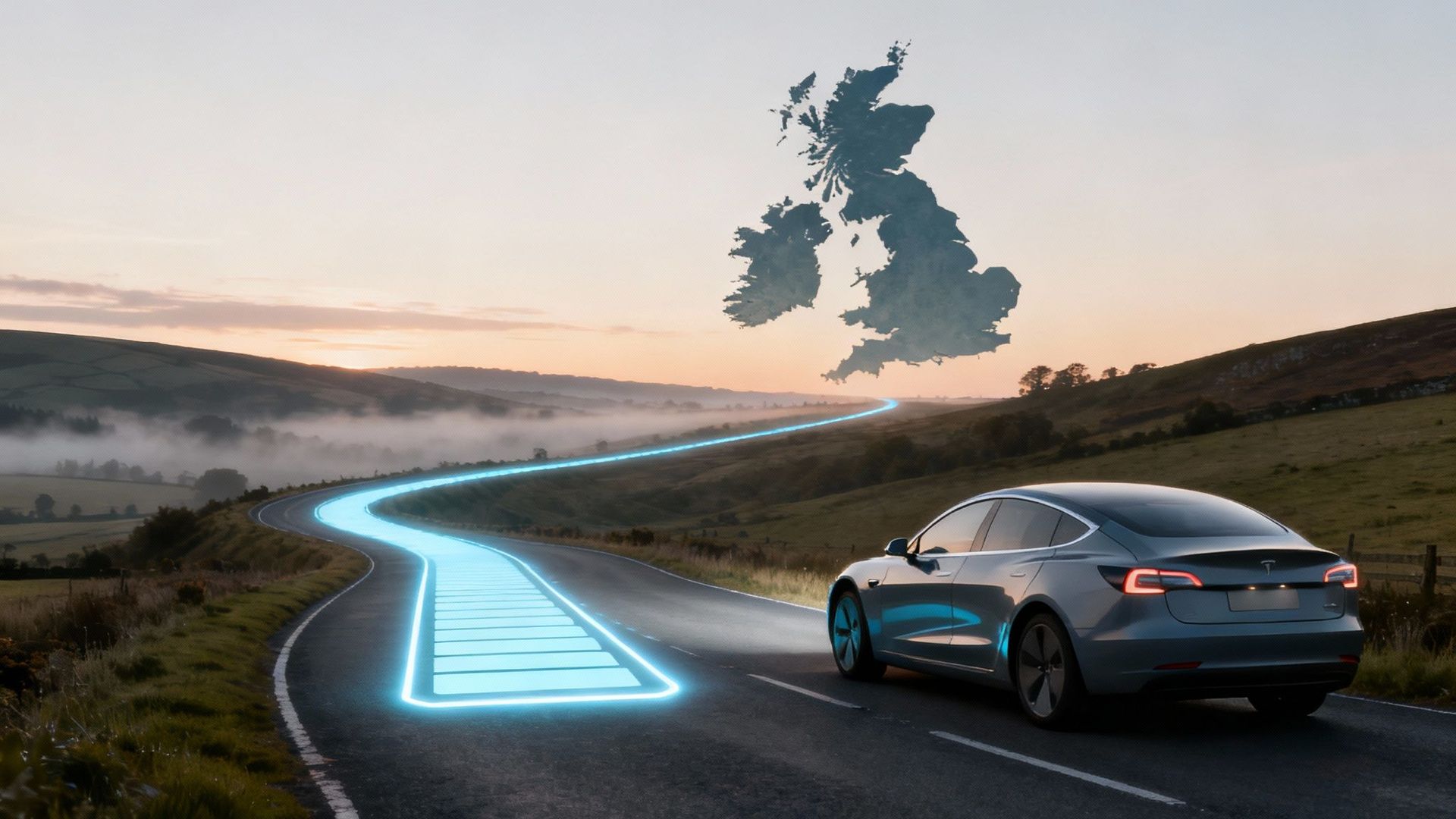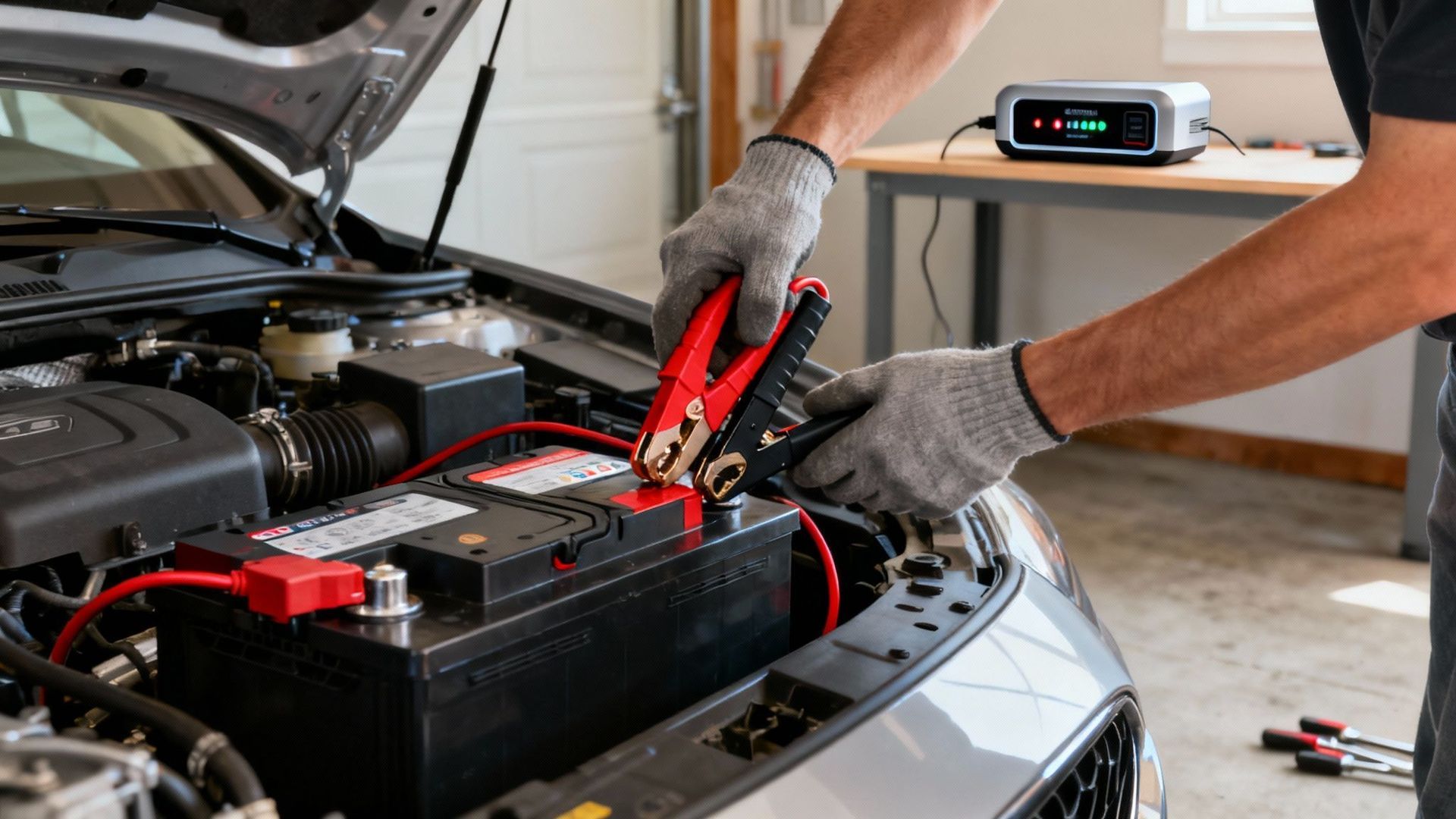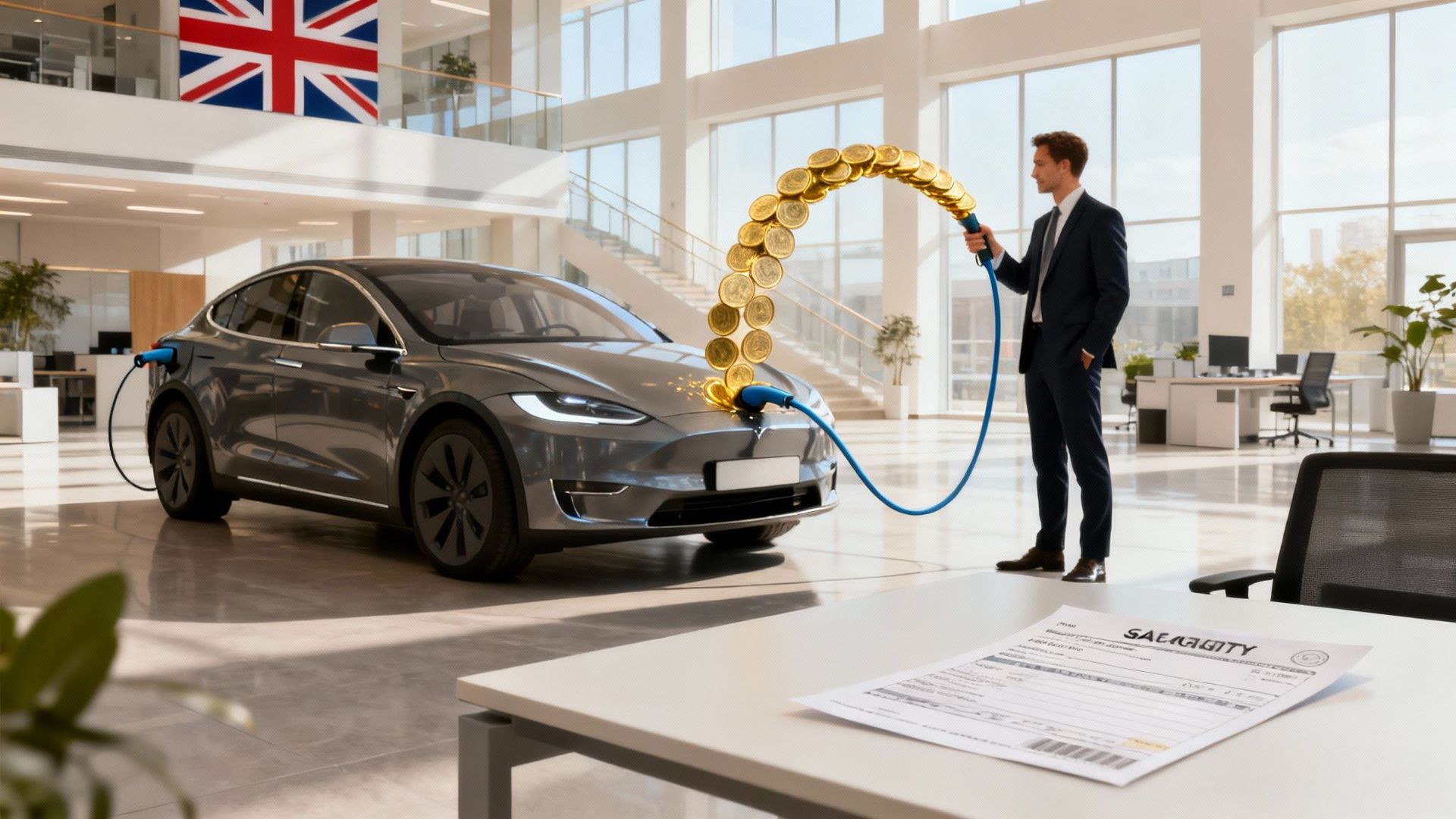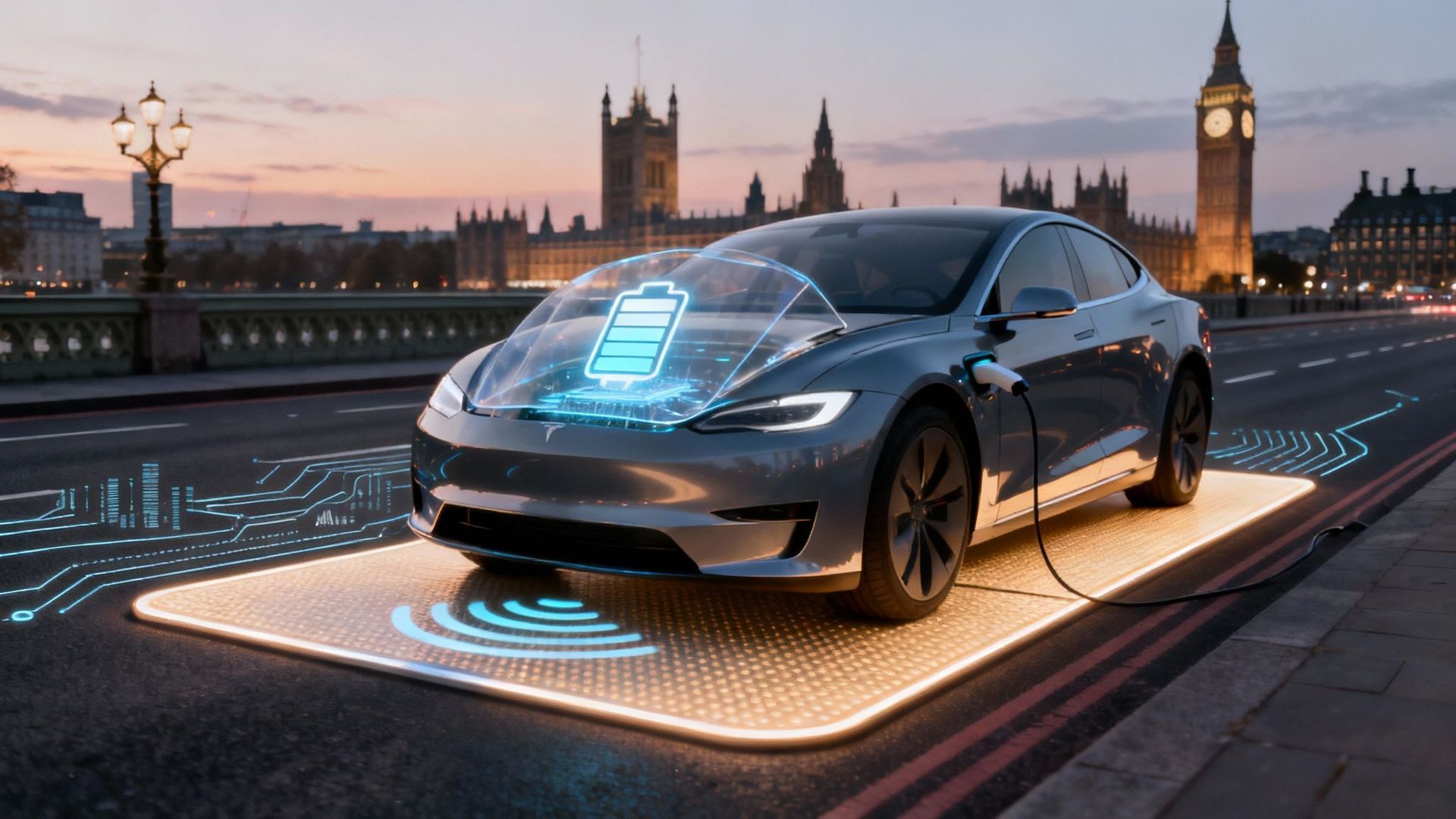Why 2025 is Primed to Be the Breakout Year for Second Hand EVs
The Perfect Storm for Affordable Electric Driving Arrives
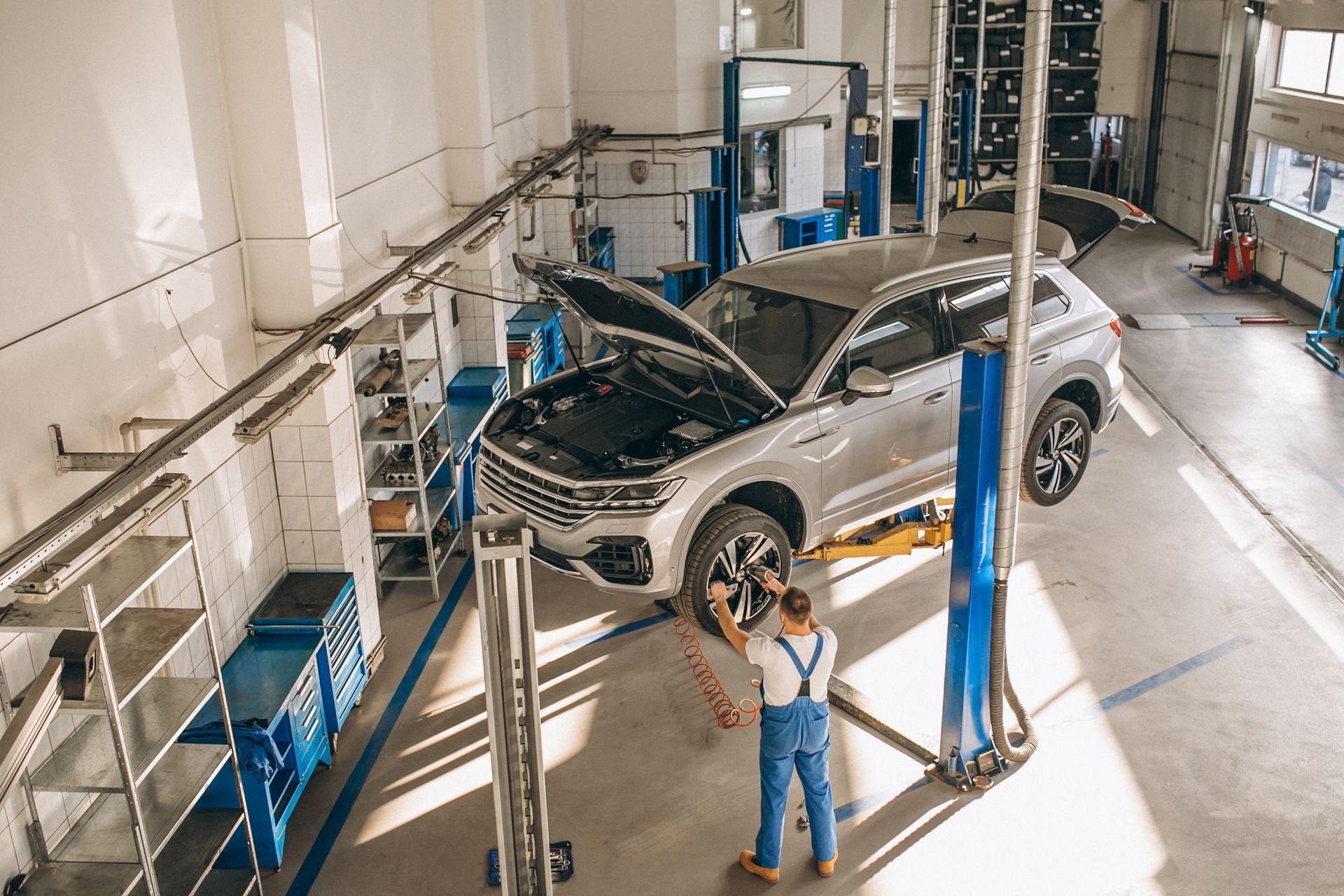
The Tipping Point for Used Electric Cars Has Arrived
The electric vehicle revolution is well underway, but for many buyers, the price tag of a brand new EV remains a significant hurdle. However, a major shift is on the horizon. Industry experts and market indicators strongly suggest that 2025 will mark the pivotal moment when the used EV market truly comes into its own. For business owners, consumers and environmentally conscious drivers alike, this represents an unprecedented opportunity to join the electric transition at a much more accessible price point. Here’s why the next year is set to be the breakout year for pre loved electric cars.
Plummeting Prices Meet Proven Technology
The most compelling factor driving the used EV surge is simple: affordability. Early adoption phases always carry a premium, and EVs were no exception. Those first generation models are now cascading into the second hand market in significant numbers. This influx of supply naturally drives prices down. Crucially, many of these vehicles are reaching the key three to five year age bracket where depreciation traditionally accelerates, making them far more budget friendly.
- Significant Savings: Buyers can expect to find capable electric models at prices substantially below their original list figures, often comparable to their petrol or diesel equivalents.
- Mature Tech: EVs entering the used market now benefit from years of real world development. Early concerns about range and charging infrastructure have been largely addressed by improvements in battery technology and a rapidly expanding public charging network across the UK.
Battery Longevity: Confidence Replaces Anxiety
"Range anxiety" and fears over costly battery replacements have historically deterred some used EV buyers. 2025 sees these concerns significantly alleviated by robust data and improved warranties.
- Proven Durability: Real world evidence overwhelmingly shows modern EV batteries are lasting far longer than initial pessimistic predictions. Most retain a healthy 70-80% of their original capacity even after 100,000 miles or more.
- Transferable Warranties: Many manufacturers offer lengthy battery warranties (often 8 years or 100,000 miles) that typically transfer to subsequent owners, providing crucial peace of mind.
- Diagnostic Tools: Improved diagnostic capabilities allow potential buyers and dealers to accurately assess battery health before purchase.
Government Policy and Infrastructure Momentum
Supportive policies and infrastructure growth are creating a fertile environment for used EV adoption.
- ULEZ Expansion: The expansion of Ultra Low Emission Zones in major cities like London increases the running cost penalty for older, polluting vehicles, making clean, zero emission used EVs a smarter economic choice for urban drivers and businesses.
- Charging Network Growth: The UK's public charging network is expanding rapidly, including more rapid and ultra rapid chargers. This makes owning an EV, even without home charging, increasingly practical for a wider audience. Government and private investment continues to fuel this growth.
- Benefit in Kind (BIK) Advantages: For business users, the favourable BIK tax rates applied to electric cars also benefit used EVs, making them highly attractive company car options.
A Maturing Market Means Better Choices
The sheer variety of used EVs available is set to explode in 2025. No longer limited to a handful of early models, buyers will have a diverse selection spanning various segments:
- Family Hatches and Estates: Proven models ideal for everyday commuting and family life.
- SUVs and Crossovers: Popular body styles offering practicality and higher driving positions.
- Executive Saloons: Combining efficiency with comfort and performance.
- City Cars: Compact EVs perfect for navigating urban environments.
This diversity means there’s increasingly likely to be a suitable used EV for almost every need and budget. Dealerships and online platforms are also becoming much more adept at sourcing, preparing and selling used electric vehicles, improving the overall buying experience.
Why 2025 is the Inflection Point
While used EVs have been available for several years, 2025 represents the convergence of multiple positive factors:
- Critical Mass of Vehicles: A substantial wave of ex lease and ex fleet EVs, alongside privately owned cars, hits the 3 5 year mark, flooding the market.
- Attractive Price Points: Depreciation brings these vehicles firmly into the mainstream affordability bracket.
- Demonstrated Reliability: Accumulated mileage data proves battery longevity and overall vehicle reliability.
- Infrastructure Readiness: A sufficiently developed public charging network reduces practical barriers.
- Policy Incentives: Schemes like ULEZ make EV ownership financially advantageous.
Seizing the Second Hand EV Opportunity
For cost conscious consumers, 2025 offers the perfect storm to access electric driving technology without the new car premium. For businesses, integrating used EVs into fleets presents significant savings on both fuel and tax. For the environmentally minded, it accelerates the adoption of cleaner transport by maximising the lifespan of existing electric vehicles.
As we approach 2025, the stars are aligning for the second hand EV market. Falling prices, proven technology, robust battery warranties and a supportive infrastructure environment create an exceptionally strong case. This isn't just a trend; it's the tipping point where used electric vehicles move from niche curiosity to mainstream motoring reality. The breakout year is upon us.

